If there’s one thing every prepper learns fast, it’s this: food security isn’t about panic-buying — it’s about planning. When storms roll in, shelves empty, or power goes out, your pantry can make all the difference. The trick? Knowing which survival foods that last 10 years (or longer) — and how to store them right.
Let’s break down the most reliable long-life foods and exactly how to keep them fresh for the long haul.
🥩 1. Dehydrated or Jerky Meats
Protein is gold in a crisis. Lean, dehydrated meats can last more than 10 years when packaged properly.
How to store:
- Trim all visible fat before dehydrating.
- Dehydrate at 160°F (71°C) until completely dry and leathery.
- Vacuum-seal in mylar bags with oxygen absorbers (300cc per quart bag).
- Store in a cool, dark place below 70°F.
👉 Add silica gel packets if you live in humid regions — moisture is the enemy.

🍚 2. White Rice
A staple for preppers everywhere, white rice can last 25–30 years if you keep it airtight.
How to store:
- Avoid plastic containers (they let air seep in).
- Use food-grade buckets lined with mylar bags.
- Drop in 2–3 oxygen absorbers per 5-gallon bucket.
- Label with date and type (e.g., “White Rice – Packed 2025”).
Keep buckets off the floor and away from heat sources — even a few degrees cooler adds years to shelf life.
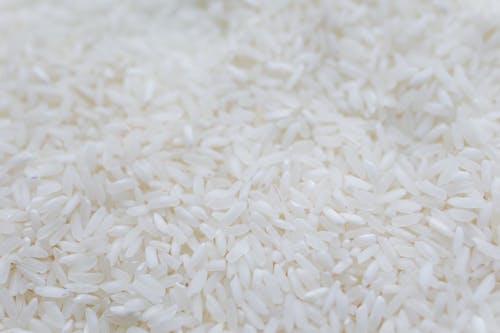
🫘 3. Dried Beans and Lentils
Beans are dense in calories, fiber, and protein — everything you need for endurance.
How to store:
- Freeze for 72 hours before long-term storage (kills insect eggs).
- Once thawed and dry, seal in mylar bags with oxygen absorbers.
- Store in a cool, low-light area under 70°F.
If you use buckets, line them with mylar first — plastic alone doesn’t block oxygen well enough.

🍯 4. Honey
The ultimate survival superfood. Honey never spoils, period.
How to store:
- Keep in glass jars with tight lids — plastic can leach chemicals over time.
- Store in a dark cabinet, away from sunlight and fluctuating temps.
- If it crystallizes, place the jar in warm (not boiling) water to liquefy again.
Honey also doubles as a natural wound dressing thanks to its antibacterial properties.
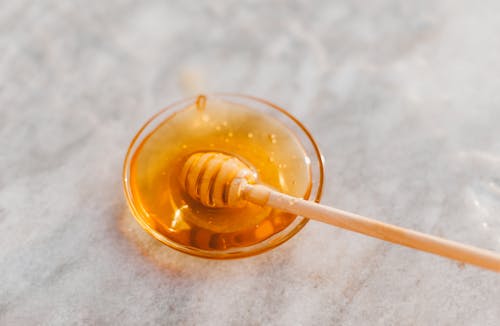
🧂 5. Salt
Salt isn’t just seasoning — it’s survival currency.
How to store:
- Store plain, non-iodized salt in sealed glass or food-grade plastic containers.
- Keep it bone dry — humidity is the only thing that can ruin it.
- Avoid metal containers (salt corrodes them).
Stock both iodized and pickling salt to cover cooking, curing, and preservation.

🌾 6. Rolled Oats
Oats can last 10–15 years when properly packed.
How to store:
- Choose old-fashioned or steel-cut oats (instant oats degrade faster).
- Seal in 1-gallon mylar bags with oxygen absorbers.
- Place those bags inside lidded 5-gallon buckets for pest protection.
- Store in cool, dry areas like a basement or interior closet.
Rotate annually — oats are still great even after long-term storage if kept sealed.
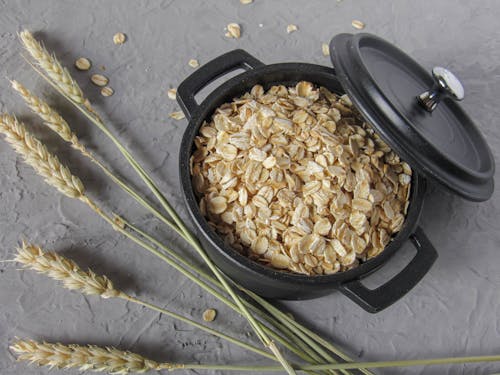
🧈 7. Powdered Milk
Powdered milk is your dairy backup when fresh isn’t an option.
How to store:
- Go for non-fat dry milk — it stores far longer than whole milk powder.
- Keep it in sealed #10 cans or mylar bags with oxygen absorbers.
- Avoid humid storage spaces; moisture clumps and spoils the powder.
- Ideal temp: 50–60°F for maximum longevity.
This one’s a quiet hero — essential for kids, baking, or morning coffee when things go south.
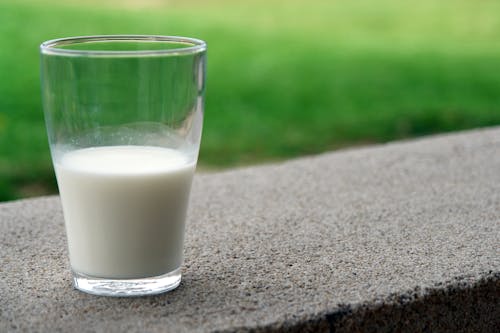
🍞 8. Hardtack
This old sailor’s bread can last decades when kept dry.
How to store:
- Bake until fully dry — no softness in the center.
- Cool completely before storing.
- Layer with parchment paper in airtight containers or vacuum bags.
- Keep in a low-humidity, dark environment.
When ready to eat, soak in broth, soup, or coffee to soften.

🍲 9. Freeze-Dried Meals
These are the MVPs of modern prepping — lightweight, nutritious, and 25–30 years shelf life when sealed.
How to store:
- Keep sealed until use — exposure to air starts the clock.
- Store at 60–70°F; avoid attics or garages.
- Buy from reputable brands like Mountain House, Augason Farms, or ReadyWise.
If stored right, these meals will outlive most canned goods and taste surprisingly fresh.
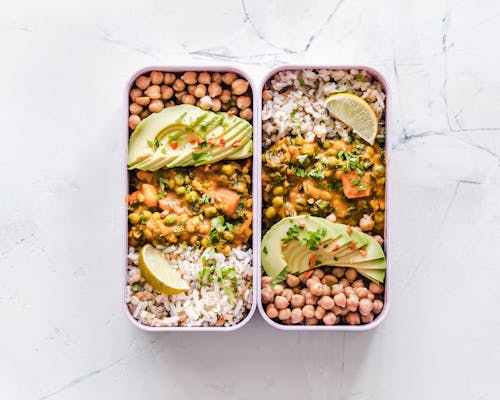
🥜 10. Peanut Butter Powder
Regular peanut butter lasts a year or two; powdered peanut butter lasts over a decade.
How to store:
- Keep sealed in airtight jars or mylar pouches.
- Store in a cool, dark area under 70°F.
- Avoid metal containers — the natural oils can react over time.
- Stir or shake occasionally to prevent caking.
Add a tablespoon of water when you need to rehydrate — the taste and nutrition bounce right back.

🧭 Long-Term Food Storage Tips
Even the best survival foods can fail if you skip the basics. Here’s how to protect your investment:
- Maintain a steady temperature — avoid garages or sheds that fluctuate wildly.
- Avoid light and oxygen — those are your two worst enemies.
- Label everything with date packed + expected shelf life.
- Rotate and use the oldest items first (“first in, first out”).
- Keep humidity below 60% — use desiccant or silica packets.
- Store in multiple locations (home pantry, basement, or bug-out site).
📚 Recommended Reading & Resources
- Build the Perfect Bug Out Pantry — Creek Stewart
- Preppers Food Storage — Tess Pennington
- Emergency Food Storage & Survival Handbook — Peggy Layton
- When Technology Fails — Matthew Stein
- Ready.gov: Food Storage Guidelines
- USDA: Shelf-Stable Food Safety
- LDS Home Storage Center Manual (PDF) — fantastic resource for storage shelf life tables.
💡 Internal Links
⚠️ Disclaimer
This article is for educational purposes only. Always follow verified food-safety standards and local storage recommendations. Shelf life can vary with temperature, humidity, and packaging materials. Backyard Bug Out is not responsible for spoilage, contamination, or misuse of stored foods.
